Living life with a disability
October 25, 2022
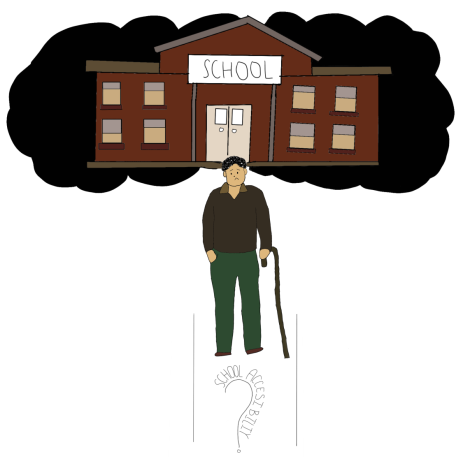
I am disabled. I have a disability. The word disabled is not one that needs to be whispered and winced at; it is not something to be ashamed of.
I have a muscular disorder that is caused by my overactive nervous system. This means all of my nerves are reacting all the time, even if there is nothing to react to. The scientific details aren’t the important focus, but rather how my disorders affect me. In addition, I have what is called a ‘cardiovascular autonomic disorder’, also known as dysautonomia. That’s a fancy way of saying that my autonomic nervous system—the one that controls heart rate, blood pressure, anything involuntary—malfunctions.
My muscular disorder is called Fibromyalgia (Fibro.) and my autonomic disorder is called Postural Orthostatic Tachycardia Syndrome or POTS.
Fibro. is a misfiring of nerves. The pain center in the brain sends out signals rather than just receiving them, making my body think it’s in pain when it isn’t. The main symptom I struggle with that is exclusive to Fibro., are muscle contractions, meaning my muscles lock up and render that part of my body basically useless. This affects my legs, hands and wrists since I use them the most often. I also struggle with numbness, weakness—meaning my legs often give out on me—and a tingling sensation spreads throughout my body.
POTS is a malfunctioning of my autonomic nervous system. Basically, my nervous system needs a software update pretty much all the time. While POTS by itself is pretty difficult to manage, in conjunction with Fibro., it can be pretty exhausting to just be alive. The main symptom that I struggle with is the tachycardia aspect, meaning my heart rate is almost never under three digits, which causes me to pass out quite often. On a good day, I may only pass out one or two times, depending on what I’m doing. On a bad day, it can be between five to seven times.
POTS also causes what is known as brain fog. Due to my elevated heart rate, my brain is overloaded with oxygen. It makes it hard to focus, keep thoughts straight and overall creates confusion and overwhelmed feelings.
Dealing with all of these symptoms as well as trying to balance extracurriculars, classes, homework, doctor appointments, hospital visits and more while struggling with chronic fatigue caused by my disorders makes it hard to enjoy school.
The difficulty in enjoying attending school is only furthered by how inaccessible our school is. Although I have been to many places that are far worse to navigate and less disability friendly, school is a place that I spend a lot of my time in and takes most of my energy and focus. Essentially, there’s always an extra level of fight I have to put up with.
On July 26, 1990, the Americans with Disabilities Act (ADA) was passed by former president George H.W Bush, making people with disabilities federally protected from discrimination in the workplace, public and private businesses, etc. The ADA law talks about the different types of discrimination as well as the accommodations that businesses and schools are required to provide.
Most able-bodied people look at Bonita Vista High’s (BVH) wide hallways and even ground and think, “There’s no way that this isn’t accessible.” The campus may seem easy to navigate, but as someone who has to fight against inaccessibility everyday, there are several issues with accessibility on campus. The hallways are wide and the ground is relatively level, but that’s just on the outside of campus. The real problem is inside the classroom.
I want you to imagine one of your classrooms with the basic layout of desks, chairs and
everything else inside of it. Each object is an obstacle. If you sit in the back, in order to get to your seat you have to squeeze through desks, stepping overpast people and their backpacks. Now take your legs out of the picture, replace them with 10 pound cinder blocks and try to imagine going through the same classroom with no help. Now imagine the same thing, but with a cane or a crutch. Can you imagine how much space you would have, how difficult it would be to navigate that classroom. Add in feeling light headed, disoriented and a heart rate similar to that of someone who just ran a mile. That is what it is like, every single day.
Although the school is within the legally required bounds of ADA law, it does not necessarily mean they are helping all of their students. October is Dysautonomia awareness month. There are many different programs and organizations that help with resources and awareness. For example, Dysautonomia International is a non profit organization dedicated to spreading awareness. I urge you to go find a charity or organization that focuses on people with disabilities and/or dysautonomia specifically and donate or share their information.
The more people—such as you—that treat disabled people with the respect and care we deserve, the closer we are to a truly disability friendly world.

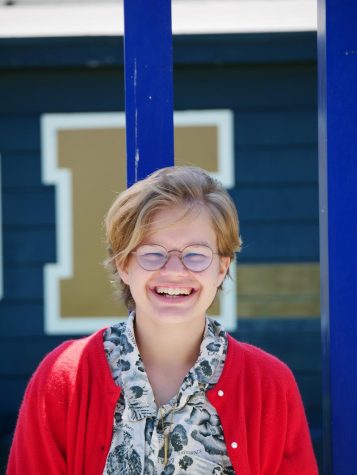
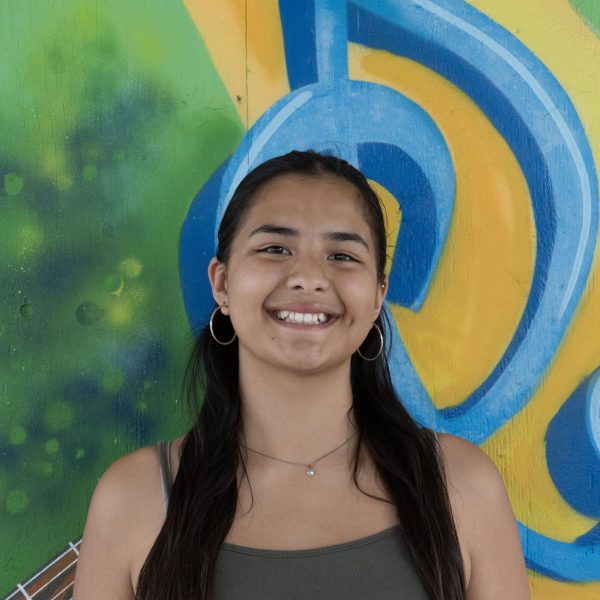
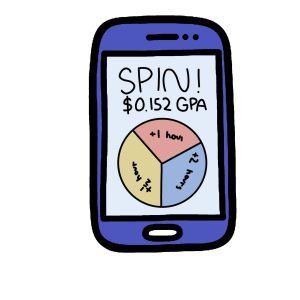


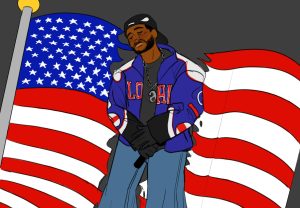
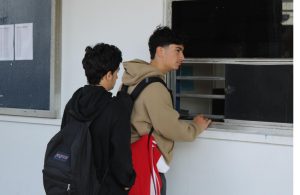
Vivian Nguyen • Oct 26, 2022 at 6:38 pm
Powerful and thought provoking! I never really thought about how challenging even going to school can be for people with disabilities. Thank you for writing this!
adviser • Nov 14, 2022 at 5:56 pm
Thank you for you comment.